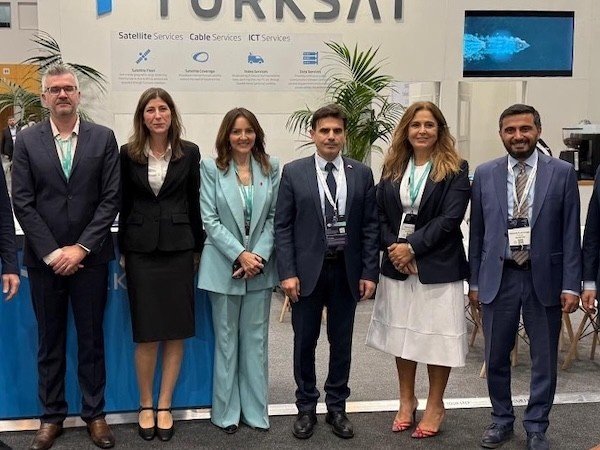The United Arab Emirates University has completed preparations for the launch of its first satellite, “Al Ain Sat-1,” in collaboration with the Geoscience and Remote Sensing Society (GRSS) affiliated with the Institute of Electrical and Electronics Engineers (IEEE). The satellite will be launched aboard the SpaceX Falcon 9 rocket.
The announcement was made during a press briefing attended by H.E. Prof. Ahmed Ali Alraeesi, Acting Vice Chancellor of the United Arab Emirates University, Mr. Ali Alshehhi, Director of the National Space Science and Technology Center, and Dr. Abdel Halim Al Jallad, Director of the Al Ain Sat program.
H.E. Prof. Ahmed Ali Alraeesi highlighted that the launch of “Al Ain Sat-1” aligns with the UAE leadership’s vision of advancing modern technologies and exploring space. He emphasized that the National Space Science and Technology Center at the university plays a crucial role in developing national programs, fostering collaboration with international partners, and improving research outputs in line with global academic standards.
The Al Ain Sat-1 project has been a collaborative effort involving various institutions, including Telkom University in Indonesia, Kyushu Institute of Technology in Japan, and the Universitat Politècnica de Catalunya in Spain. This international cooperation will help bolster the UAE University’s role in advancing space science innovation, offering a unique research and educational environment for students and researchers in satellite payloads and space research technologies.
Mr. Ali Alshehhi spoke about the vital role of the National Space Science and Technology Center in advancing the UAE’s space ambitions. He stressed that the center continues to lead space initiatives and bridge the gap between academia and the technologies used in the space industry. The satellite, a 3U CubeSat with dimensions of 10 cm x 10 cm x 30 cm and a mass of 3.7 kg, will operate in low Earth orbit.
The project’s goal is to empower student teams from both local and international universities to develop small satellites, promoting knowledge exchange and collaboration among them. As part of a broader initiative to inspire the next generation of space scientists, the center provides students with hands-on experience in satellite development, with “Al Ain Sat-1” serving as a model of successful international collaboration.
This groundbreaking project reflects the center’s vision of “Space Without Boundaries,” highlighting the importance of teamwork, cultural exchange, and global cooperation in achieving scientific and technological progress. The satellite launch serves as a stepping stone to fostering innovation and inspiring future space enthusiasts.















